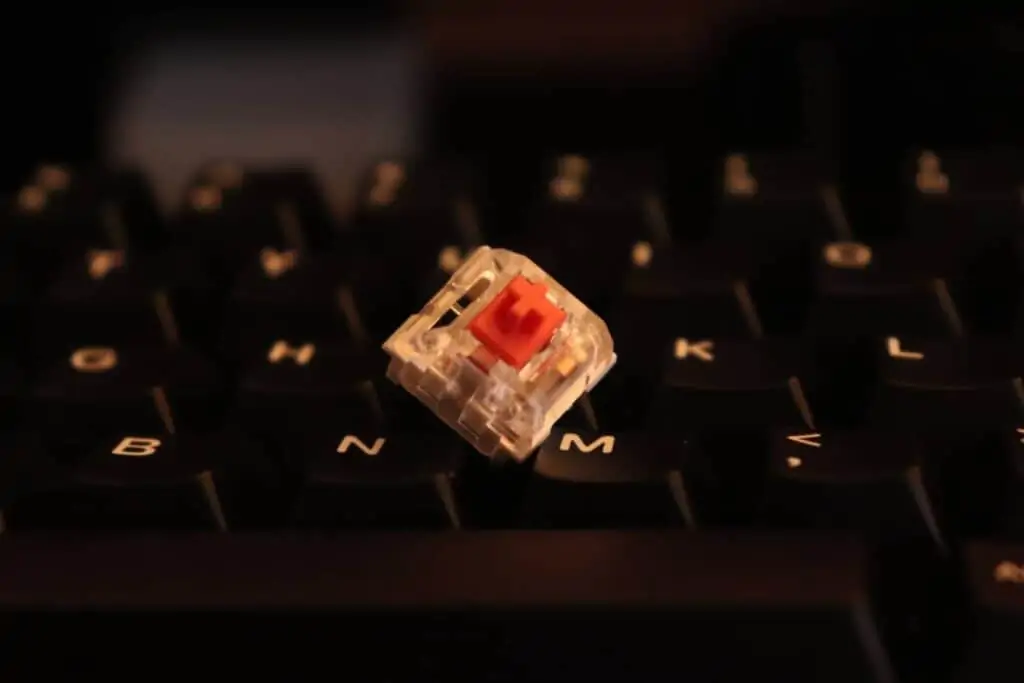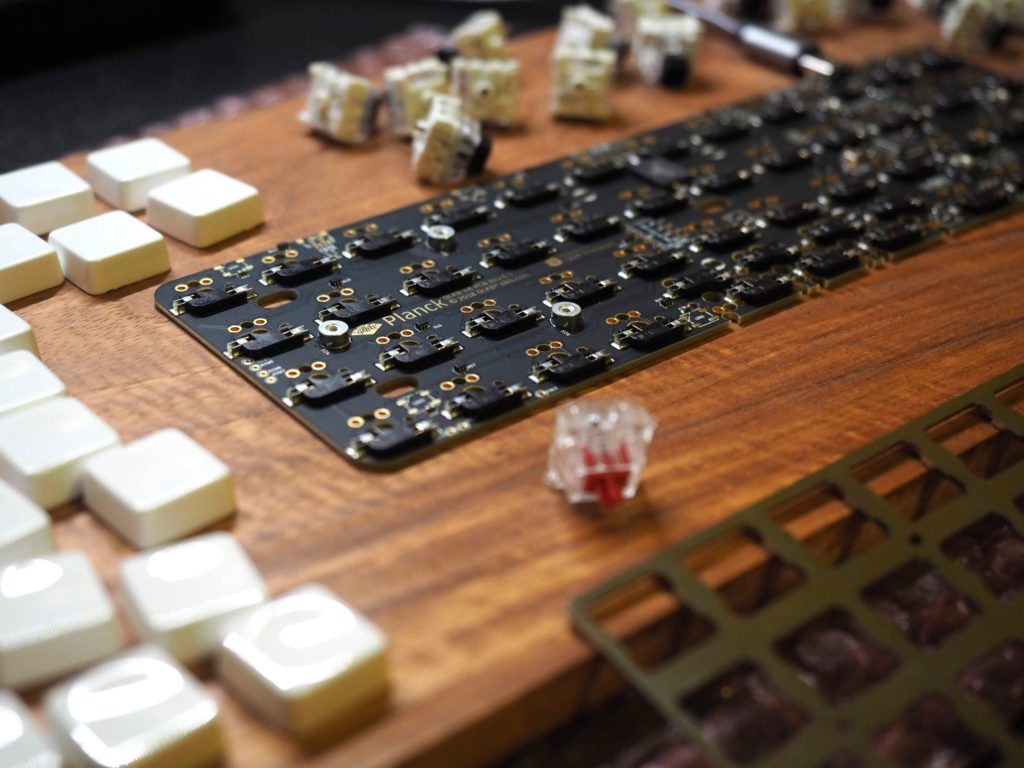Laptop keyboards are notorious for being poor performers. This is especially true of older laptops. There are several reasons why laptop keyboards are so bad. So, in this article, we will not only explore the answer behind it but also tell you ways to check if it is failing and how to improve it.
So, let’s first see the causes of laptop keyboards being bad.
What Causes Laptop Keyboards to Be Poor Performers?
We know that laptop keyboards are not as durable as desktop keyboards and often suffer from key fatigue and adequate keystroke feedback after extended use.
This is due to a variety of factors, including the design of the keyboard’s housing, the materials used in its construction, and how it is attached to the laptop.
Talking about the poor design, laptop keyboards are often housed in small and cramped spaces, which can make it difficult for your fingers to hit all of the keys with enough accuracy.
Then, the laptop keyboards are often made from a cheap and flimsy material that can easily break or become worn down. Also, many laptop keyboards are attached directly to the computer chassis rather than being incorporated into an overall keyboard unit. This can lead to wear and tear on both the keyboard and chassis over time, which can create problems with keystroke feedback.
Another common cause of laptop keyboard failures is improper use. Many people don’t take proper care of their laptops when they’re not using them, which can lead to damage done to both the keyboard and computer itself. For example, if you spill coffee or soda on your laptop’s keyboard, you might end up causing permanent damage that will prevent you from using your laptop properly.
Laptop keyboards are bad also because they do not have a lot of travel and are designed for one-handed operation. Moreover, they often lack key backlighting, which can cause them to be difficult to see in low light conditions.
So, here comes our next question:
How Does the Quality of Laptop Keyboards Decline Over Time?
Laptop keyboards have been known to be one of the weaker points of a laptop. Over time, the quality of laptop keyboards decreases as they are subjected to more wear and tear. This is due to the fact that they are often used in cramped spaces, where their surface area is constantly being pressed against something hard.
Additionally, laptop keyboards are also frequently used on surfaces that are not even, which can cause them to become warped or misshapen over time. And laptop keyboards often sit in close proximity to other keys and parts of the laptop, which can lead to an increased incidence of keystroke errors.
So, then you might be wondering how you can tell if the keyboard is failing. Don’t worry because we have an answer for that too.
Related: How To Clean Laptop Keyboard Without Removing Keys
How Can You Tell If Your Laptop Keyboard Is Failing?
When the laptop keyboard starts failing, you notice issues in typing accuracy and navigation. Here are a few ways to test it:
One way to determine if your laptop keyboard is defective is to test its keystroke accuracy. To do this, you will need to open up the device’s BIOS or firmware settings and check the keyboard’s scan code status. In most cases, a scan code will be displayed next to the F1 key on the keyboard or near its function keys. If the scan code for your particular model of laptop is not present or if it says that it needs service, then your keyboard may be defective.
If keystroke accuracy isn’t an option because you don’t have access to your device’s BIOS or firmware settings, another way to determine if your keyboard is failing is by testing its response time. This involves typing various characters and then pressing each key consecutively in order to measure how long it takes for each character to register.
Testing the keyboard’s response time can help identify whether it is failing due to keystroke accuracy or a slow response time. By measuring how long it takes for the keyboard to respond to a keypress, you can determine if there are any problems with the communication between the keyboard and your computer. If there are issues with this connection, then your keyboard may not be able to accurately send input signals, which could result in missed or mistyped keys.
You can also conduct a dust test to see if there’s any debris build-up on the keyboard that may be interfering with its performance.
If all of these tests come back negative, it may be time to replace your keyboard.
How to improve laptop keyboards?
Besides the challenges that come from laptop keyboards, there are a few things you can do to try and improve the quality of your laptop keyboard.
One of the most important things you can do is to make sure that it’s regularly cleaned. This means scrubbing off any dirt, dust, or crumbs that may have built up over time. If you don’t clean your keyboard often enough, dirt and dust will eventually accumulate and cause keys to stick, make noise when you type, or even stop working altogether.
Another important thing to keep in mind is making sure that your keyboard is properly aligned. This means that the keys are positioned close together so that they’re easy to hit without having to shift your entire body weight into one keystroke. Misaligned keyboards can lead to fatigue over time and decreased typing speed.
You can also invest in a high-quality keyboard protector. This will help protect your keyboard from damage and make typing on it much easier.
These tips will save your laptop from damage.
Related: Desktop Keyboards That Feel Like Laptop Keyboards
Conclusion
So, we hope that now you not only know why laptop keyboards are so bad but can also test when it is failing and implement the different ways to improve the keyboard. We hope that our article was useful for you.
Happy reading!


